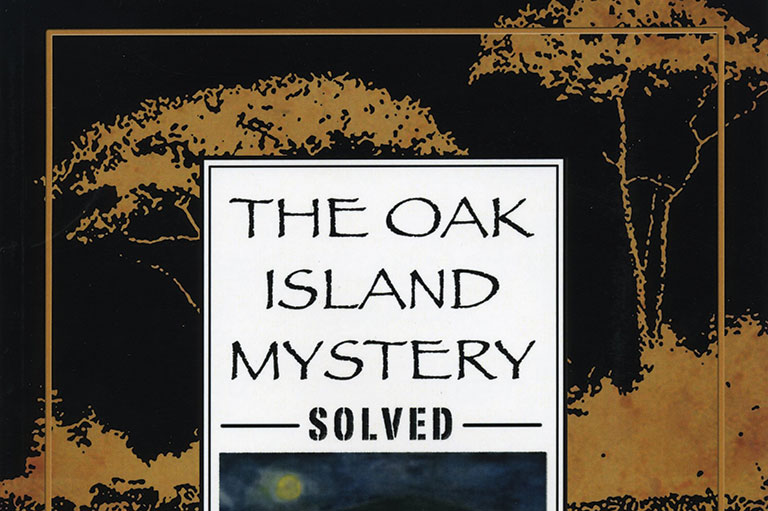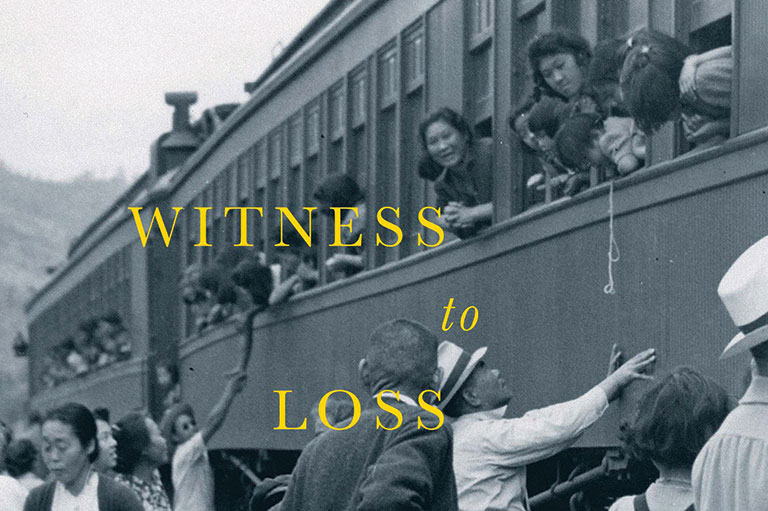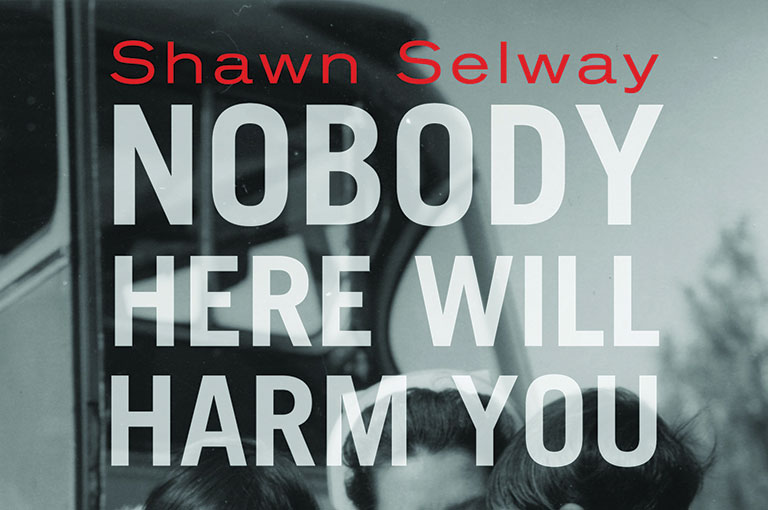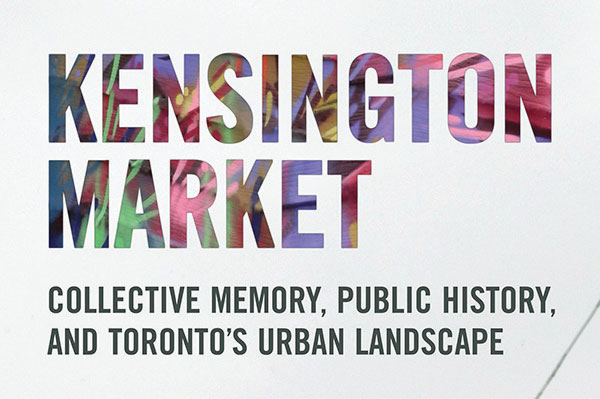Talking Back to the Indian Act
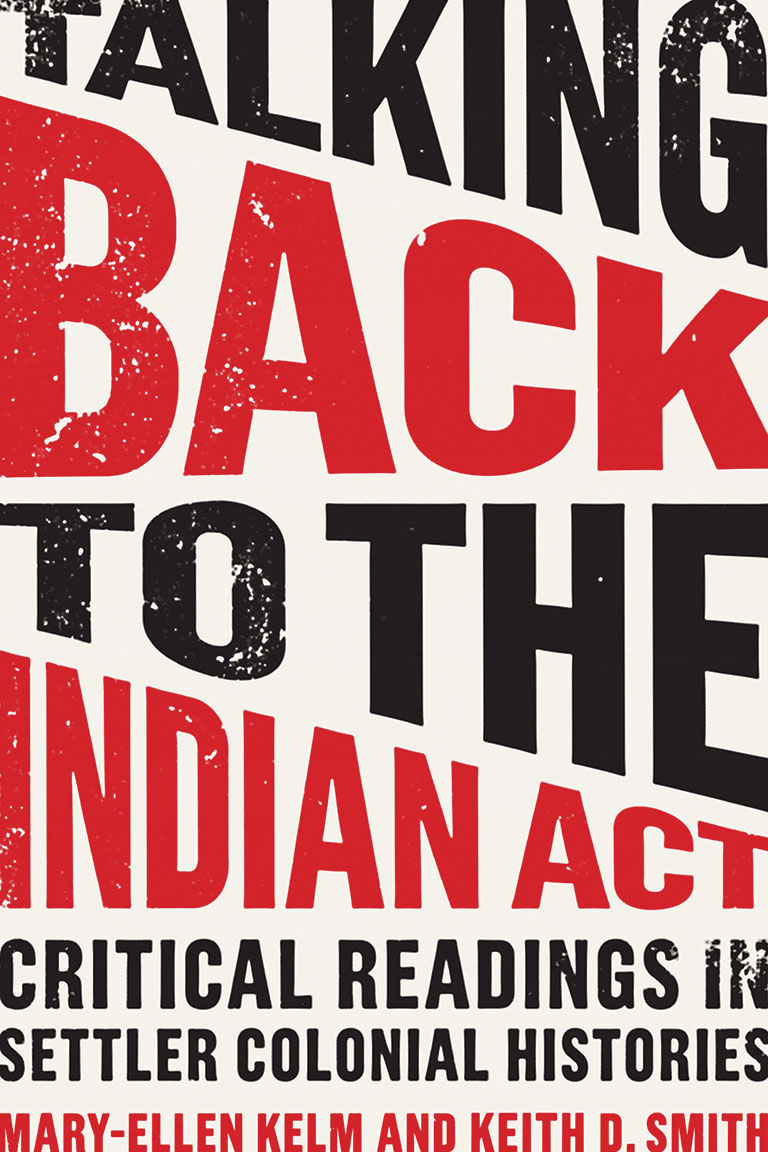
Talking Back to the Indian Act: Critical Readings in Settler Colonial Histories
by Mary-Ellen Kelm and Keith D. Smith
University of Toronto Press,
230 pages, $31.95
A double review with
21 Things You May Not Know about the Indian Act: Helping Canadians Make Reconciliation with Indigenous Peoples a Reality
by Bob Joseph
Indigenous Relations Press,
199 pages, $19.95
It is fair to assume that everyday Canadians know little about the 1876 Indian Act and that stereotypes and mistruths guide public opinion and kitchen-table discourse. Despite amendments, notably in 1951 and 1985, the Indian Act still determines who is an “Indian,” dictates the rules of on-reserve governance, and is the pipeline for chronically underfunded band-controlled school systems.
The first step towards reconciliation is dispelling errors by filling the gaps in our knowledge that have been left by our history education. Bob Joseph’s 21 Things You May Not Know about the Indian Act and Mary-Ellen Kelm and Keith D. Smith’s Talking Back to the Indian Act offer Canadians readable overviews of the meat and potatoes of the act. Joseph approaches the task using a conversational tone, highlighting twenty-one restrictions imposed at some point by the Indian Act in its 144 years of existence, while Kelm and Smith provide a critical-thinking framework to analyze a collection of historical extracts pulled from or related to the Indian Act.
21 Things You May Not Know about the Indian Act is subtitled Helping Canadians Make Reconciliation with Indigenous Peoples a Reality and is optimistic in the least trite of ways. Joseph, founder and president of Indigenous Corporate Training and a member of the Gwawaenuk Nation in British Columbia, has trained thousands of people with the aim of building Indigenous relations, and the tone of his book shows this.
Without sidestepping, he teaches how the Indian Act disrespected and undermined the roles of Indigenous women: “The dissolution of women’s stature, coupled with the abuses of the residential school system, has been a significant contributor to the vulnerability of Indigenous women.” And he shows how it led to the creation of reserves where “Indigenous people were forced into European-style homes that were inappropriate for the traditional concept of family and often inappropriate for the climate.”
Leading the reader through just over one hundred pages, Joseph peels back the layers of the Indian Act in seven chapters with titles like “Resistance is Futile,” “Tightening Control,” and “Looking Forward to a Better Canada.” His book is honest, sanguine, practical, and — maybe most important — easily shared.
He tackles the often-asked question, why don’t we just scrap the Indian Act? by pointing out that it is the one piece of federal legislation that makes clear the obligations the Canadian government bears towards First Nations peoples.
Bookended with an overview of the act plus appendices that include the Truth and Reconciliation Commission of Canada’s ninety-four calls to action, 21 Things You May Not Know About the Indian Act is a heartfelt guide for reconciliation. Joseph leaves the reader with the thought that “the Indian Act was designed for a specific purpose that no longer exists in a country committed to reconciliation.”
Talking Back to the Indian Act begins by imbuing the reader with a sense of action: “As the Truth and Reconciliation Commission (TRC) taught us, history tells us a great deal about the truths with which we live today. In order to answer fully the TRC’s 94 Calls to Action, we must better understand Canada’s historical relationship with Indigenous peoples.”
Using the five Cs of historical thinking — changes over time, context, causality, contingency, and complexity — along with a clear metric of Indigenous methodology, Kelm and Smith remind us that the Indian Act “remains surprisingly understudied, resistant to substantial revision, and largely unknown to non-Indigenous Canadians.”
After laying a pedagogical base, the authors unpack the act thematically, using governance, enfranchisement, gender, and land as entry points. Guided by introductory backgrounders by Kelm and Smith, and led through selected historical documents, the reader gets a firsthand glimpse into the minds of the parliamentarians responsible for drafting the Indian Act and the successive administrations that amended and implemented it.
The 1876 words of Superintendent General of Indian Affairs David Laird act as both a window and a mirror: “Our Indian legislation generally rests on the principle that the aboriginal peoples are to be kept in a condition of tutelage and treated as wards or children of the State.”
Kelm, Canada Research Chair and history professor at Simon Fraser University, and Smith, chair of the Department of First Nations Studies at the Vancouver Island University in Nanaimo, B.C., duly include First People’s voices in the book. In a letter to Prime Minister John A. Macdonald in 1879, the Ohsweken Council, representing three hundred chiefs and warriors of the Haudenosaunee Confederacy, wrote: “We believe that the Act in question will in time deprive us of our liberties, rights, and privileges which we now enjoy under the Treaty between Great Britain and the Six Nations Indians, and we have no wish other than faithfully adhering to the Treaty....”
Written in the first person, interwoven with the professional parlance of history educators, fortified with primary-source evidence, and shored up with inquiry questions, maps, and a timeline, Talking Back to the Indian Act is not an unwieldy academic tome; rather, it speaks to all Canadians. With a bit of a nudge, it would be as comfortable on a coffee table as it would be in a course syllabus.
Like the London Underground’s caution to commuters to be wary of the gap between the train door and the station platform, these books remind Canadians that we are all products of our history education and have been left with a definable gap in our knowledge about the Indian Act and its long-term effects on Indigenous people. Both books seek to lessen that chasm while offering us a cue to mind the gap.
Themes associated with this article
Advertisement

